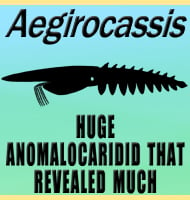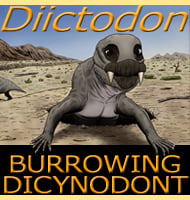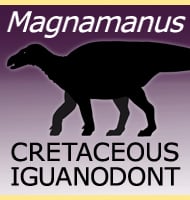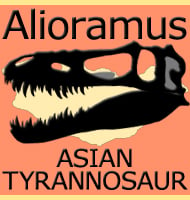In Depth
Procolophon is the type genus of the Procolophonidae, a group of parareptiles that first appeared in the Permian period and survived until at least the late Triassic. Procolophonidae had a fairly squat body with short but powerful limbs. This form is widely believed to have been that of a burrowing lizard which either dug burrows to have a safe retreat from predators, or perhaps dug down to feed upon the roots and tubers of plants.
The rear of the skull of Procolophon is broad and formed so that it had a rough spikey appearance in life, a feature that is one of the signature features of the Procolophonidae. These growths may have been a form of predator defence or perhaps more simply there for the purpose of display. Later genera such as Hypsognathus would develop the spikes even further, again possibly for the purpose of inter-species recognition.
Further Reading
- On the remains of Procolophon in the Albany Museum - Robert Broom - 1903. - Notes on the Localities of some type specimens of the Karroo Fossil Reptiles - Robert Broom - 1905. - The Triassic Reptile Procolophon in Antarctica - E. H. Colbert & J. W. Kitching - 1979. - Procolophon pricei sp. n., um novo r�ptil procolofon�deo do Tri�ssico do Rio Grande do Sul - E. L. Lavina - 1983. - Procolophon brasiliensis n. sp., a new procolophonid reptile from the Lower Triassic of southern Brazil - J. C. Cisneros & C. L. Schultz - 2002. - New basal procolophonid reptile from the Katberg formation (Lower Triassic) of the South African Karoo - J. C. Cisneros - 2008.









